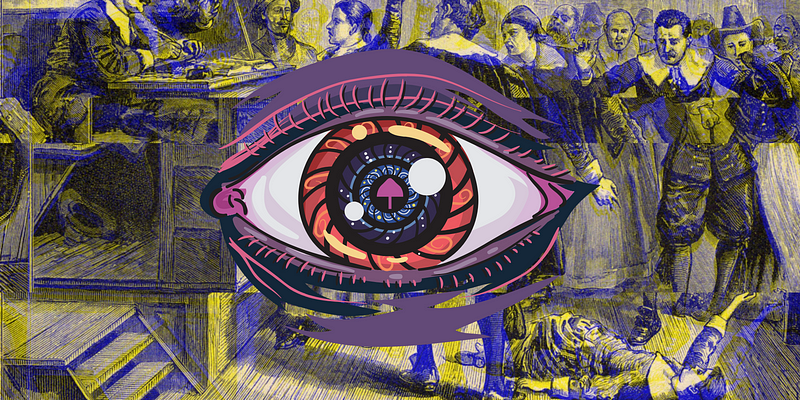# Unraveling the Mysteries of the Salem Witch Trials and Psychedelics
Written on
Chapter 1: The Salem Witch Trials: A Historical Overview
The Salem Witch Trials, marked by frenzy and tragedy, took place in the late 17th century. This dark chapter in history saw Puritan settlers in Salem, Massachusetts, swept up in a fervent “witch hunt” that led to the execution of nineteen individuals.
The chaos began when the relatives of the town’s minister experienced bizarre episodes, including seizures and unusual convulsions. Soon after, other young girls in the community exhibited similar symptoms. In the absence of rational explanations, townspeople attributed these occurrences to witchcraft, leading to a determination to eradicate the supposed practitioners of dark arts.
Section 1.1: Theories Behind the Trials
Various theories have been proposed to account for the hysteria surrounding the trials, including religious fervor and political motivations. However, psychologist Linda Caporeal introduced a compelling hypothesis in the 1970s: the phenomenon may have originated from contaminated food.
Subsection 1.1.1: The Role of Claviceps Purpurea
Caporeal suggested that a fungus known as Claviceps purpurea, often found on rye grains, could explain the bizarre behaviors witnessed during the trials. Consumption of this fungus can lead to convulsive ergotism, a condition characterized by symptoms that mirror the reports from the witch trials—such as severe stomach pain, seizures, and sensations of pinching and choking.

Interestingly, the chemical components of this fungus bear a resemblance to LSD, a well-known hallucinogenic substance. Thus, it’s conceivable that the visions of tormenting spirits and other apparitions reported by witnesses could be attributed to the effects of consuming hallucinogenic bread.
Chapter 2: The Witch Cake and Environmental Factors
Evidence that supports Caporeal's theory includes the peculiar method of the “witch cake” used during the trials. A suspected witch would provide a sample of her urine to bakers, who would then incorporate it into a cake. This cake was fed to a dog, which purportedly could identify whether the individual was indeed a witch. Although the specifics of how the dog would reveal this are unclear, it’s plausible that the animal exhibited erratic behavior due to the fungus.
Environmental conditions at the time also played a significant role. The summer of 1692 experienced a series of storms, creating a moist environment conducive to fungal growth. Notably, many of the accused and the alleged victims resided in the western part of Salem, which was closer to the areas where the hallucinogenic fungus was likely prevalent.
In the aftermath of the trials, a drought struck Salem, halting the growth of the fungus and coinciding with the cessation of the paranormal accusations and experiences.
Section 2.1: Conclusion
While it remains speculative, it is reasonable to assert that psychedelics may have influenced the events of the Salem Witch Trials. However, attributing the entire episode solely to the effects of the fungus would be an oversimplification. Caporeal posits that hallucinogens may have ignited the town’s paranoia, but the ensuing turmoil was likely also fueled by religious zeal, group dynamics, and political factors.
Ultimately, we can learn from the experiences of the people of Salem: it is crucial to approach the seemingly inexplicable with caution and a rational mindset.
References
- The Hallucinogens that Might Have Sparked the Salem Witch Trials by Vox Media
- Salem Witch Hunts in 1692 Linked to LSD? by John Noble Wilford
- Salem Witch Trials: The Fungus Theory — Witch or Psychedelic Trip by Linda Caporeal